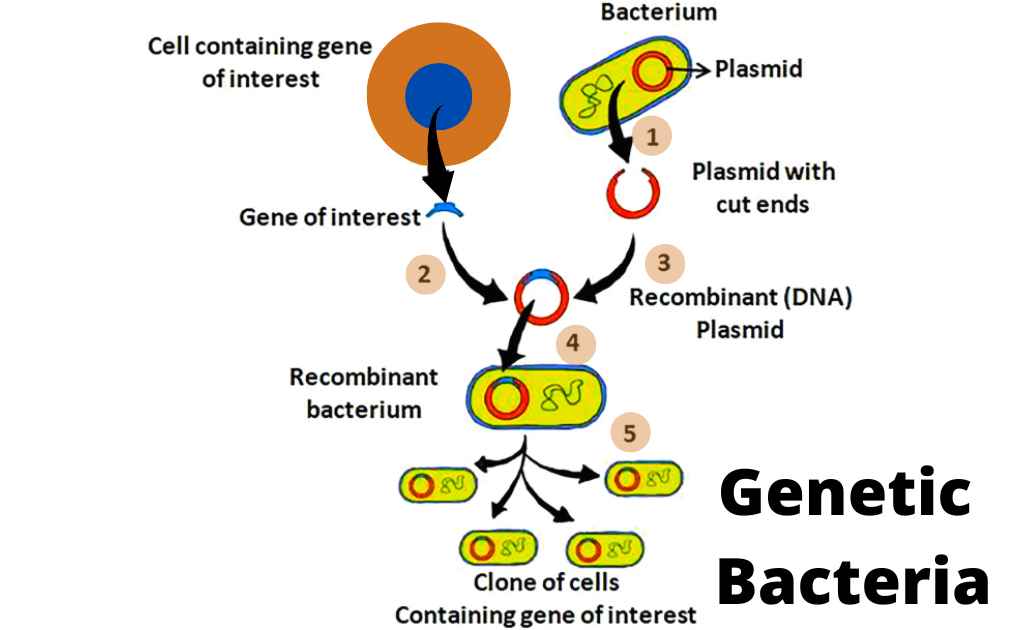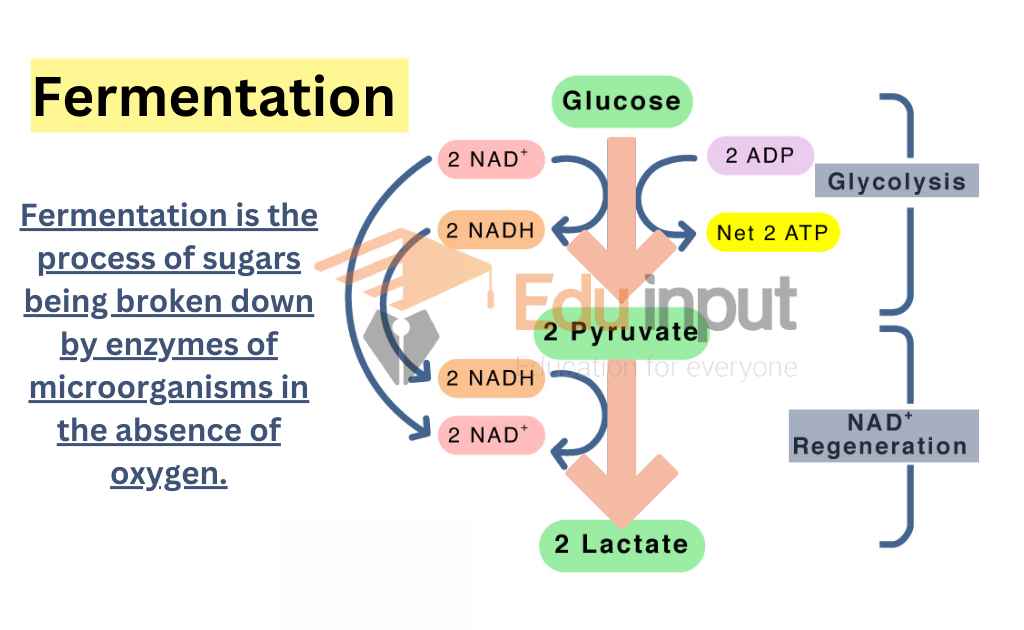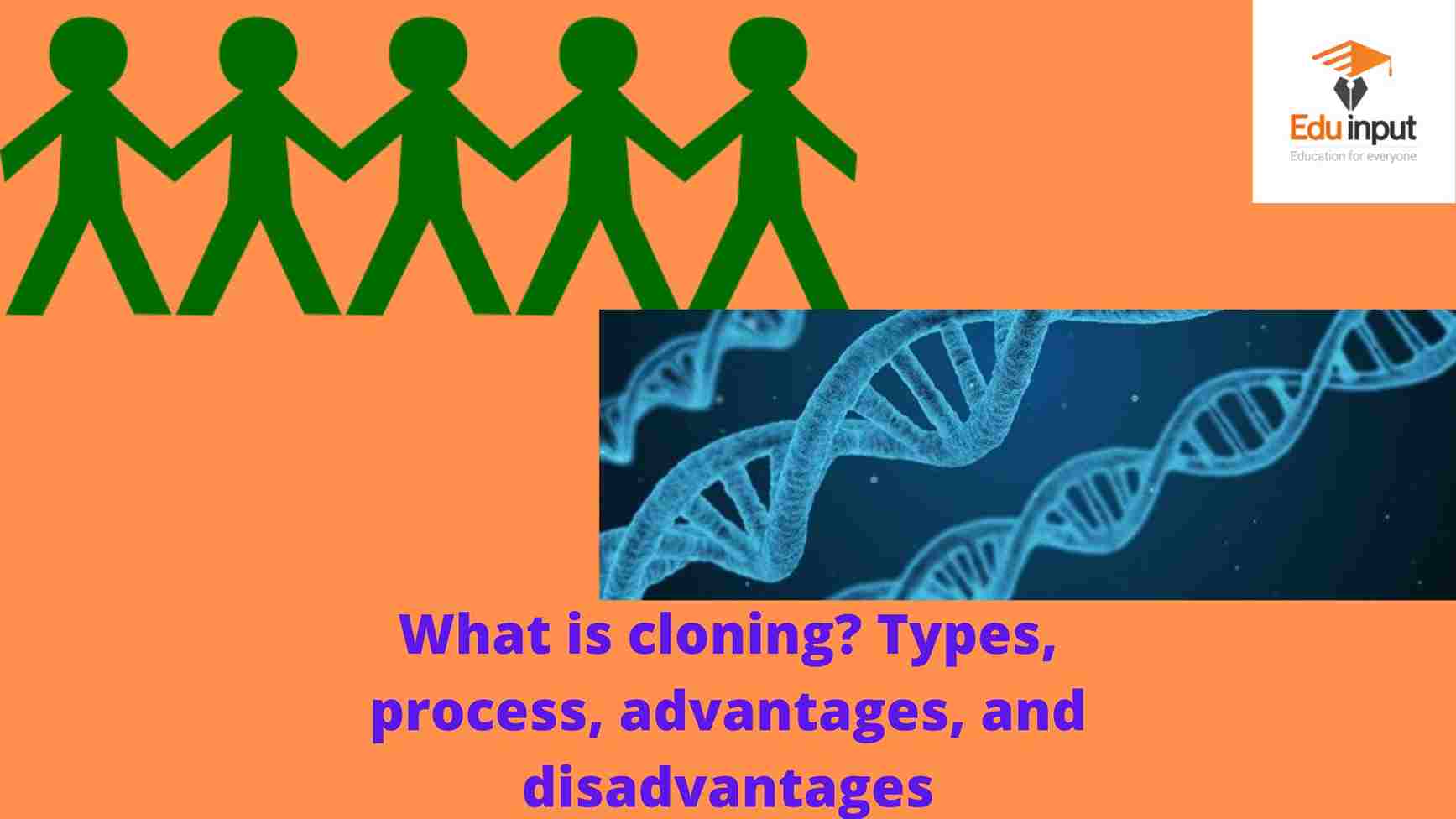Real World Applications of Biotechnology
Biotechnology is a field of Biology that uses living organisms to develop new products and technologies to aid human beings.
There are many applications of biotechnology. It is being used in different fields like medicine, agriculture, and other things that help people and their environment. It has the potential to revolutionize many aspects of human life.
Almost every industry like Agriculture, Chemicals, Consumer goods, Energy, Environment, Food and beverage, Healthcare, Information technology, Materials, Pharmaceuticals, and Transportation industry are using biotechnology for different purposes.
In addition to these industries, biotechnology is also being used in a variety of other emerging fields, such as synthetic biology, tissue engineering, and regenerative medicine.

Applications of Biotechnology In Medicine
Biotechnology has a wide range of applications in pharmaceutical industry. Some of them are:
- Production of Recombinant Insulin
- Gene Therapy
- Molecular Diagnosis
- Pharmacogenomics
- DNA Profiling
- DNA Cloning
- Edible Vaccines
- Transgenesis
- Xenotransplantation
- Genome Analysis
Application of Biotechnology In Biocontrol and Biosecurity
Biocontrol is a method used in agriculture and horticulture, in which one organism is used to control the population of another organism that is causing damage or is considered a pest. The organism used to control the pest is called a biocontrol agent. Biocontrol agents can be predators, parasites, pathogens, or competitors of the pest organism. Biocontrol methods are being used in New Zealand to control invasive plants and insects.
Application of Biotechnology In Bioremediation
Bioremediation is the use of living organisms, typically microorganisms, to clean up or remove pollutants from the environment. Biotechnology plays a key role in bioremediation by providing the tools and techniques necessary to identify and manipulate microorganisms that can clean up pollutants from the environment.
Biotechnology helps improve bioremediation’s effectiveness, making it a more viable and sustainable solution for cleaning.
Other Applications of Biotechnology
Fermentation
Fermentation is a process where microorganisms like yeast are used to make food and drinks like alcohol and bread. Today, scientists have improved this process by using purer microorganisms to make better-quality food and drinks.
Crop Improvement
Biotechnology is used to make plants stronger and more resistant to diseases. Scientists do this by combining the best traits from different plants to create new ones.
Transgenic Plants
Scientists use biotechnology to change the DNA of plants to make them better for farming or other uses, these plants are called transgenic plants. This is called genetic engineering.
Transgenic Bacteria
Transgenic bacteria are bacteria that have had foreign genetic material inserted in their genome, typically from a different organism. This insertion is done by genome using recombinant DNA technology.
These bacteria are often used as “factory” organisms in biotechnology that produces desired proteins or chemicals through the expression of the introduced genes.
Transgenic Animals
Transgenic animals are animals that contain foreign DNA. The foreign DNA is inserted into the animal’s genome BY using recombinant DNA technology. These animals are often used as research models. Transgenic animals are also used to test new medicines. Transgenic animals are also developed as a source of organs and tissues for transplantation.
Latest Research On Applications of Biotechnology
- Scientists have used archaea as a model system to study molecular biology and biotechnology. Extremophilic archaea are a valuable source of new biomolecules for biotech applications, and genetic tools have been developed. [1]
- Scientists are exploring the integration of traditional and modern medicine to better serve patients. While traditional medicine has potential, its limited scientific validation hinders global acceptance. Biotechnology can aid in developing effective treatments and diagnostic methods, offering promising possibilities for the future. [2]
- Bacterial strains were isolated from Salar del Hombre Muerto and evaluated for biotechnological potential. Some strains produced carotenoids, emulsifiers, and exopolysaccharides, while others had proteolytic, lipolytic, hemolytic, and catalase activities. Twenty-five strains were selected for further study, including Kocuria sp. M9, Bacillus sp. HA120b, and Micrococcus sp. SX120, which produced lipase activity, biosurfactants, and stable emulsions in high salt concentrations. [3]







Leave a Reply